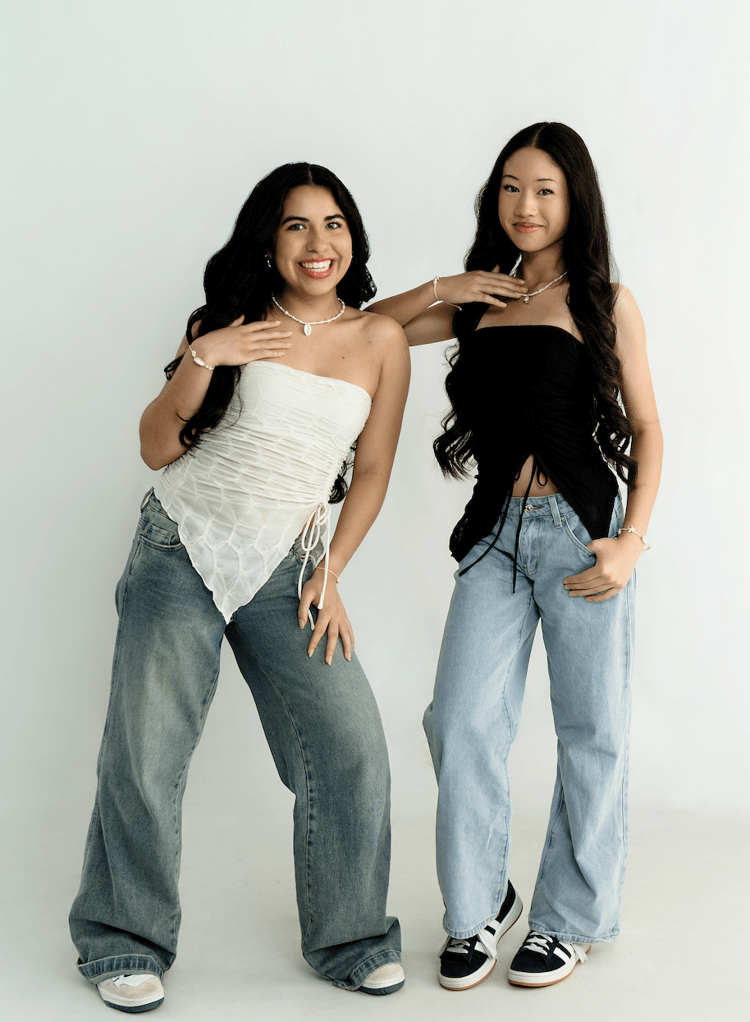High school juniors Katelyn Cheng and Helena Sanchez are running more than just a handmade jewelry side hustle. Their brand, Kahé Handmade Jewelry, is an early signal of a generational shift that mirrors what’s happening at the top of the industry with lab-grown diamonds. The two teens, who bonded over cross-country running and weekends by the beach, launched Kahé with a mission rooted in ocean conservation—a cause that resonates strongly with Gen Z consumers who are also driving demand for sustainable alternatives in luxury jewelry.
From Friendship Bracelets to a Bigger Vision
Katelyn grew up in Girl Scouts making friendship bracelets. Helena turned to jewelry-making during ACL surgery recovery. What started as a pastime quickly turned into Kahé—a name blending their own names but also translating to “speak” in Hindi. And speak it does: Kahé’s mission is to reduce ocean waste by creating ocean-safe jewelry that doesn’t pollute water.
This vision parallels the global rise of lab-grown diamonds, which position themselves as ethical, sustainable alternatives to mined diamonds. Just as Kahé refuses to ignore plastic waste drifting toward the Pacific, the lab-grown diamond sector refuses to ignore the massive carbon and ecological toll of traditional mining.

Sourcing and Scaling Challenges
Initially, the duo wanted to work exclusively with recycled beads, but sourcing small volumes proved wasteful. Instead, they now rely on local bead shops, small businesses, and even freshwater pearls from Helena’s ancestral Colombia. The honesty with which they discuss these compromises feels very similar to the lab-grown diamond industry’s early struggles with scalability. First, you do what’s possible; then you build demand that makes deeper sustainability possible.
For global jewelers, that’s exactly what happened when lab-grown diamond production scaled—moving from niche experiments to a $22.79B market in 2023, projected to reach $74.45B by 2032. Kahé’s challenges are micro; the industry’s are macro. But the values and trajectory? Identical.
Division of Labor, Shared Mission
Katelyn drives the creative vision, brand launches, and aesthetic consistency. Helena keeps the back end moving—listings, orders, numbers. Together, they plan to expand into beach cleanups, fundraisers, and partnerships. This echoes how lab-grown diamond jewelers are reshaping retail: combining storytelling, transparency, and activism into every campaign.
Why It Matters
Gen Z isn’t just buying jewelry—they’re redefining it. Whether it’s handmade bracelets from Kahé or a 2-carat lab-grown diamond engagement ring, the logic is the same: affordability + ethics + sustainability. Jewelry is no longer judged only by sparkle; it’s judged by values, transparency, and environmental impact.
Kahé is proof that the next generation of entrepreneurs won’t settle for old narratives. And as the global diamond market pivots toward lab-grown diamonds, these teenagers’ ocean-first mission shows they’re already aligned with where luxury is heading.
